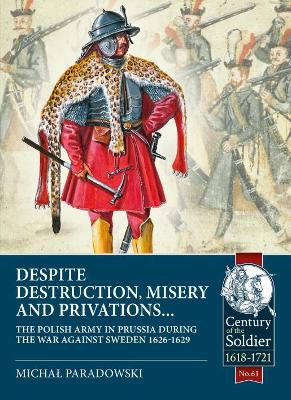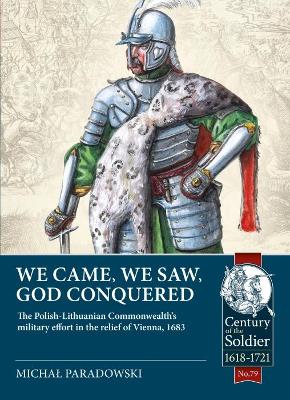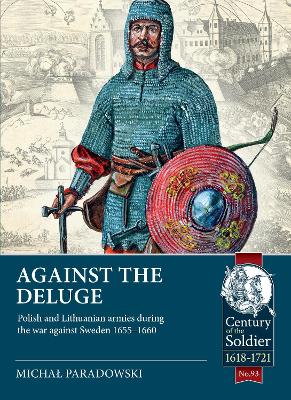Century of the Soldier
3 total works
Before he entered Germany in 1630, Swedish King Gustav II Adolf had to face Polish army in Prussia. Between 1626 and 1629, under command of brilliant Hetman Stanislaw Koniecpolski, Poles were engaged in bitter struggle against Swedes. During this conflict both sides learnt a lot from each other, adjusting their armies' organisation and tactics. While pitched battles, where winged hussars could win the day, were rare, so called 'small war' made huge impact on the events of this conflict. Poles were able to hone their skills acquired during years of fighting Tatars and Turks but were also forced to vastly increase presence of the infantry in their army, adapting to new style of warfare.
This book provides readers with in-depth study of the Polish troops during the war, from unique structure of the army, through organisation and equipment of the units, to soldiers' daily struggle due to lack of pay and food. Each formation is described in detail, from famous winged hussars to Western European mercenaries serving as infantry and dragoons. Author's research is based on many Polish primary sources, that for the first time are available to English-speaking readers, presenting many interesting facts about less known conflict.
This book provides readers with in-depth study of the Polish troops during the war, from unique structure of the army, through organisation and equipment of the units, to soldiers' daily struggle due to lack of pay and food. Each formation is described in detail, from famous winged hussars to Western European mercenaries serving as infantry and dragoons. Author's research is based on many Polish primary sources, that for the first time are available to English-speaking readers, presenting many interesting facts about less known conflict.
Previous Polish experience from the war against Ottoman Turks in 1672-1676 made their contribution vital for coalition war effort in 1683. No surprise then, that Sobieski was chosen as commander of joint forces and that Poles deployed on ancient place of honour in army battle order - on the right wing. Many Polish researchers, like Jan Wimmer, Leszek Podhorodecki or Zdzislaw Zygulski Junior (to name just few), wrote extensively about the topic, unfortunately their works are not available in English. In this volume author attempts to present to English-speaking readers Polish point of view on the battle and the role of Polish army in the conflict.
There are detailed information about organisation and strength of the army that Jan III led to Vienna: structure, weapons and equipment of the units, even on the company level. All formations, from winged hussars to artillery, are covered. Command staff - from King to high ranking officers - will be presented as well. Book won't focus solely on relief of Vienna though. Remaining actions of the 1683's campaign are described as well, with both battles of Parkany and arrival of Lithuanian army, Polish and Cossack actions in Podolia and Moldavia, that were always in shadow of main events of 1683; finally organisation and military actions of troops under command of Hieronim Augustyn Lubomirski, raised as Imperial auxiliary division in Poland.
Book is based on many primary and secondary sources, including diaries, letters and surviving muster rolls of the units and whole army. Many of them were not previously available in English, so they will provides interesting insight into 17th century view of the army and campaign.
There are detailed information about organisation and strength of the army that Jan III led to Vienna: structure, weapons and equipment of the units, even on the company level. All formations, from winged hussars to artillery, are covered. Command staff - from King to high ranking officers - will be presented as well. Book won't focus solely on relief of Vienna though. Remaining actions of the 1683's campaign are described as well, with both battles of Parkany and arrival of Lithuanian army, Polish and Cossack actions in Podolia and Moldavia, that were always in shadow of main events of 1683; finally organisation and military actions of troops under command of Hieronim Augustyn Lubomirski, raised as Imperial auxiliary division in Poland.
Book is based on many primary and secondary sources, including diaries, letters and surviving muster rolls of the units and whole army. Many of them were not previously available in English, so they will provides interesting insight into 17th century view of the army and campaign.


